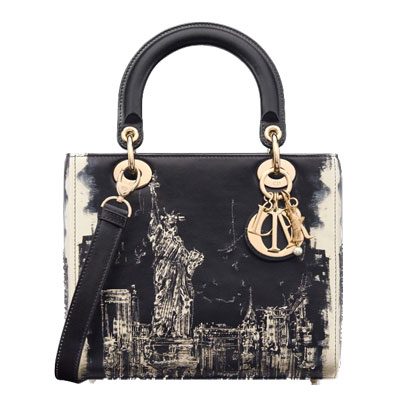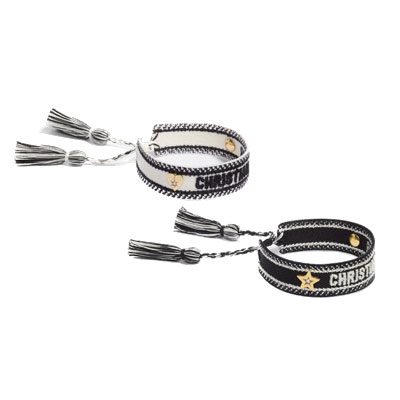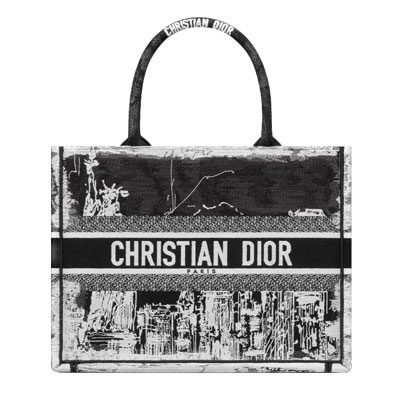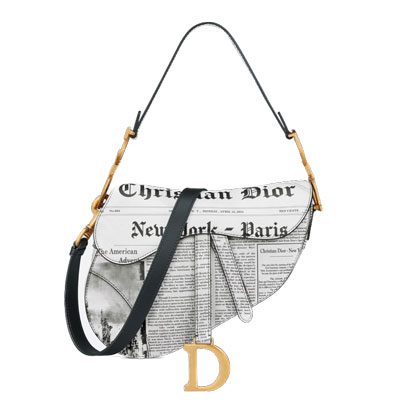If you’ve ever “tried on” clothes virtually or treated your favorite online avatars to the gift of limited-edition (albeit digital and sometimes with no real existence) garbs, you’ve likely already had your first close encounter with the strange world of NFTs.
Why strange, you ask?
Well, ten years into the creation of the first NFT (dating from 2014), nobody seems to have the faintest clue exactly what you do with one. But since we in fashion specialize in the irrational – the heart wants what the heart wants, after all – by 2019, it seemed we were coveting a $9,500 digital dress.
Enter The Fabricant, a virtual couture house that designed the “Iridescence” dress in question, transacted via blockchain-backed cryptocurrencies, and custom-fitted to perfection onto an entirely digital (I repeat, DIGITAL) photograph of the buyer.
Initial reactions were, therefore, understandably hostile (as they should). But then, the pendulum swung towards curiosity and, finally, an all-out frenzy, as so often happens with the truly avant-garde (think trailblazers of the punk movement, like Vivienne Westwood or Lee Alexander McQueen). The only difference?
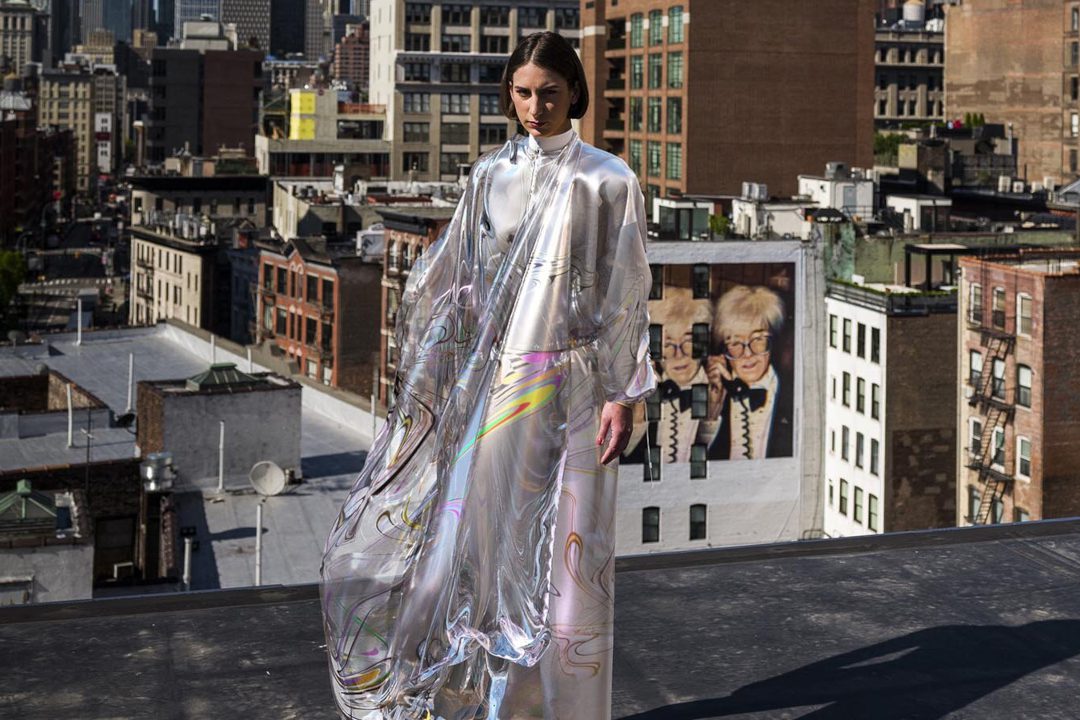
A completely new market for fashion had emerged (seemingly overnight) from nowhere, much of which couldn’t even be worn in the conventional sense of the word. And this was only on the somewhat more reasonable end of things; we hadn’t even gotten to the crazy parts yet! Of course, fashion found itself fascinated.
So, buckle up; things are just starting to get interesting.
So, What’s an NFT Again?
Now, as the lumbering layperson I am when it comes to all things tech, I was simply too poor at the time to have paid for NFTs with the attention they deserve, let alone with currency, crypto, or otherwise. Presently, however, as a more worldly (but nonetheless poor) citizen of the cyber realm, I refer to the World Wide Web’s most trusted source to find out what exactly an NFT stands for, Wikipedia:
“A non-fungible token (NFT) is a unique digital identifier recorded on a blockchain and used to certify ownership and authenticity. It cannot be copied, substituted, or subdivided.”
Perhaps the second most reliable source on the internet might make more sense:
“NFTs are further proof of human stupidity, and there’s less than a shred of hope for the internet but infinite hope for J (junior Grimes – musician, internet mastermind, and aspiring supervillain). Don’t buy an NFT.” – Urban Dictionary
Sounds conclusive enough. In all seriousness, though, NFTs are only one of those newfangled names that occupy a vast, largely uncharted territory within the internet ecosystem regulated by very little legislation.
Yet, in theory, NFTs are seemingly the answer to all of luxury’s afflictions – safely transferable and entirely non-duplicable, they’re recorded via blockchain technology (a decentralized, computerized public ledger), thus guaranteeing their transparency, authenticity, and a real sense of scarcity, which ultimately determines their value.
It was simply too good of an opportunity for fashion to pass up.
Pandering to a Pandemic Populace
But despite the ripples the iridescent dress sent as the first recorded sale of a fashion NFT, digitized luxuries only gained ground in the wake of the COVID-19 pandemic.
In fact, in a year when stores were shut and shows were canceled left and right, as brands were left with the decision to pivot to an online medium – and fast – NFTs were a no-brainer. Consequently, Louis Vuitton turned to “Louis: The Game,” a mobile-based NFT video game, while Gucci took couture smart, commemorating its 100th anniversary with the NFT Aria collection in collaboration with Christie’s.
Others, like Dior, Balenciaga, Prada, and Dolce & Gabbana, ushered in the age of “phygital” fashion shows, culminating in the massively successful Metaverse Fashion Week of February 2022. And thanks to augmented reality (AR) and virtual reality (VR), newer purveyors of digital couture, like DRESSX and XR Couture, as well as virtual dressing rooms à la YourFit and Farfetch, abound.
Most recently, brands like Loro Piana have begun integrating NFTs into their physical products (like certain premium cashmere) for authentication purposes. Their use has also trickled over to related industries, such as collectible artworks, high jewelry, gaming memorabilia, and other rarities.
Blurring the Lines of Artistic Expression
On the podcast Electric Runway, The Fabricant’s founder, Kerry Murphy, elaborates on how NFTs filled a substantial gap within the fashion industry, being “the first time that actual digital-only assets can have value and be fashionable at the same time because I think that’s what’s missing.”
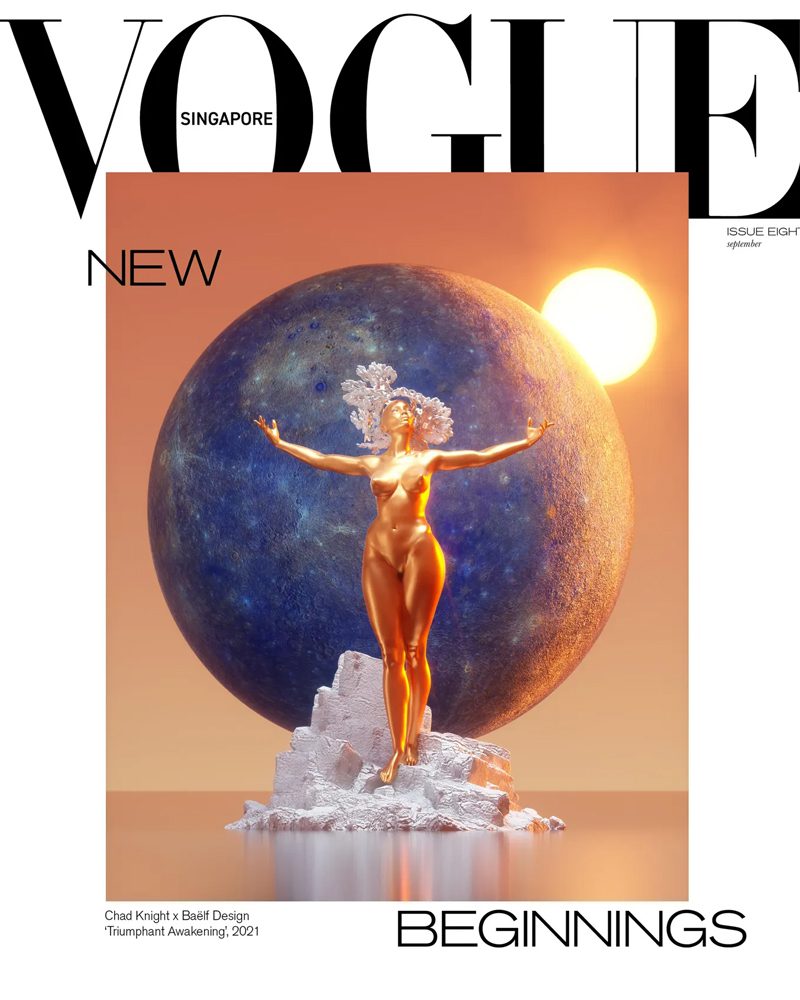
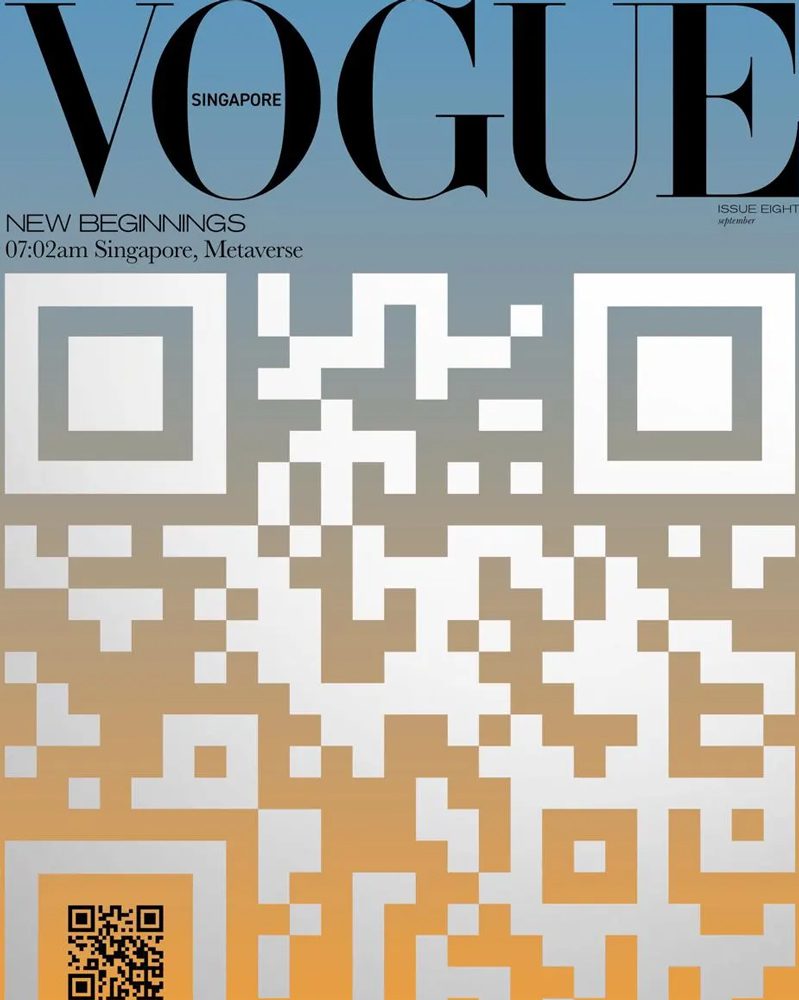
But then again, it was probably missing for good reason. Now, there seemingly isn’t any ceiling for the pricing of a luxury token that has no physical presence for all intents and purposes, even though NFTs, by most reports, peaked in early 2022.
And aside from putting customers such as ourselves at a disadvantage, its implications remain unclear even for today’s brands.
On one hand, virtual showrooms can pave the way for a more immersive shopping experience, blurring the lines of in-store and online, as Harrods’ digital Dior Beauty installation or Ferragamo’s House of Gifts have been known to do, or enabling your favorite game character to don Burberry or Gucci-branded in-game accessories. Even Vogue Singapore took the leap to an NFT cover – to decidedly mixed results.
On the other hand, NFTs, while allegedly safeguarded against counterfeiting, could make IP infringement even more rampant, as seen in the Hermès vs. Mason Rothschild MetaBirkins case, ultimately proving to be a pyrrhic win for the historic house, barring further appeal and legislation. Money laundering within the sector seems another concern, owing to the assets’ financial vulnerabilities.
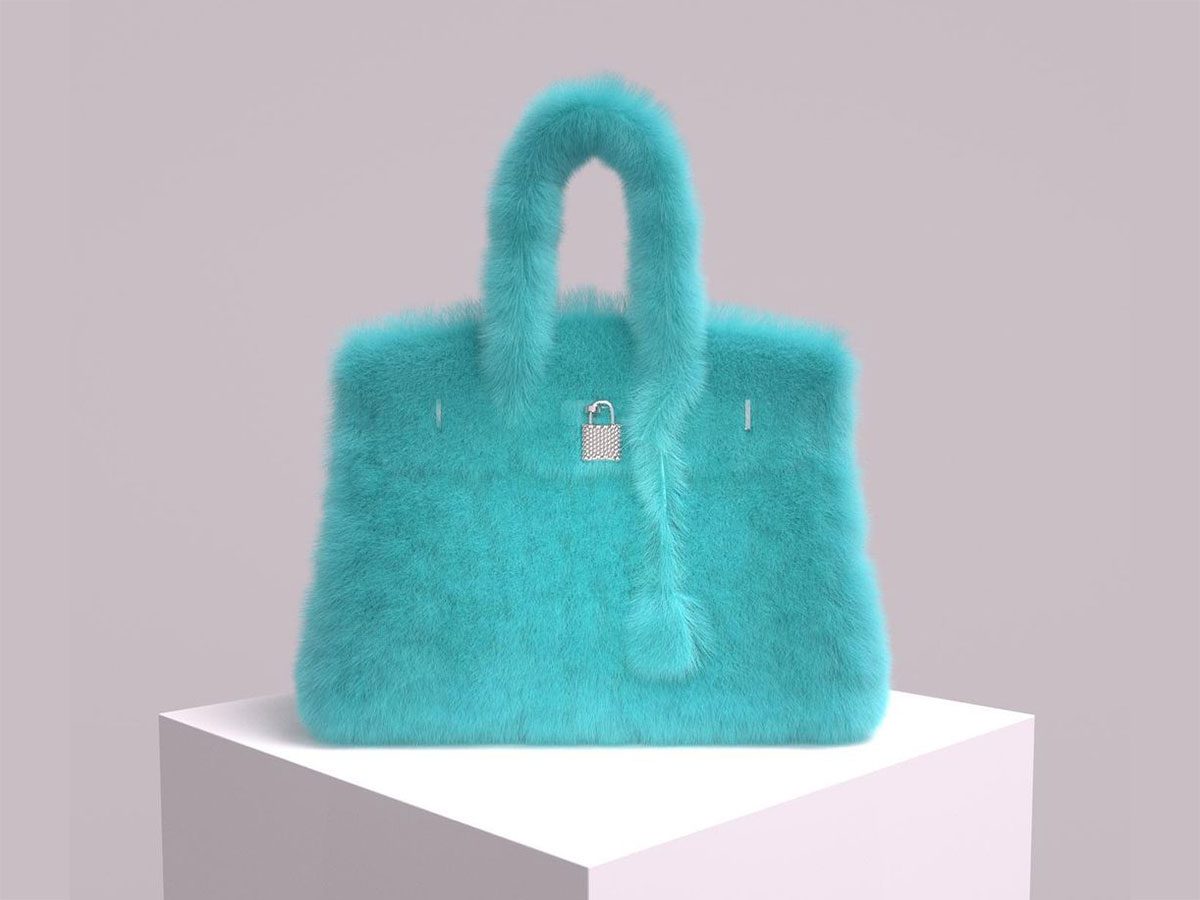
Ultimately, at the cost of the real, tactile sensation that traditionally characterizes luxury fashion, NFTs place an unreasonable degree of autonomy on the artist, paving the way for virtual fashion shows accessible to anyone with an internet connection – specialized invites becoming a thing of the past – democratizing fashion as a whole.
Could haute couture, therefore, soon be losing its haute? I hope (and ardently pray) that we’re cleverer than that.





